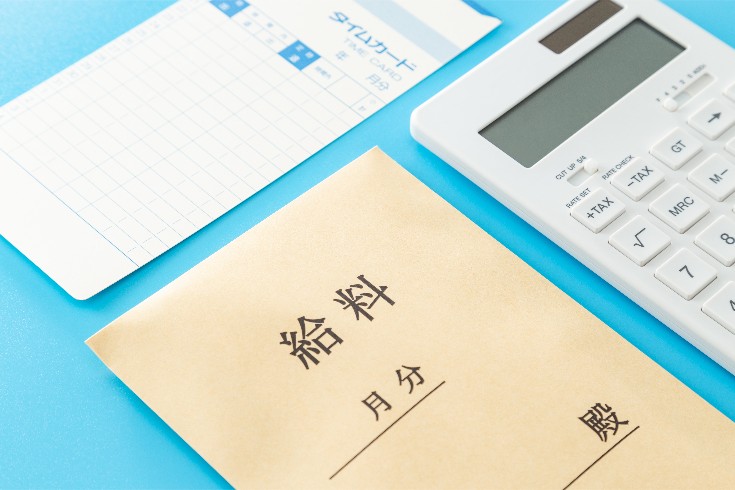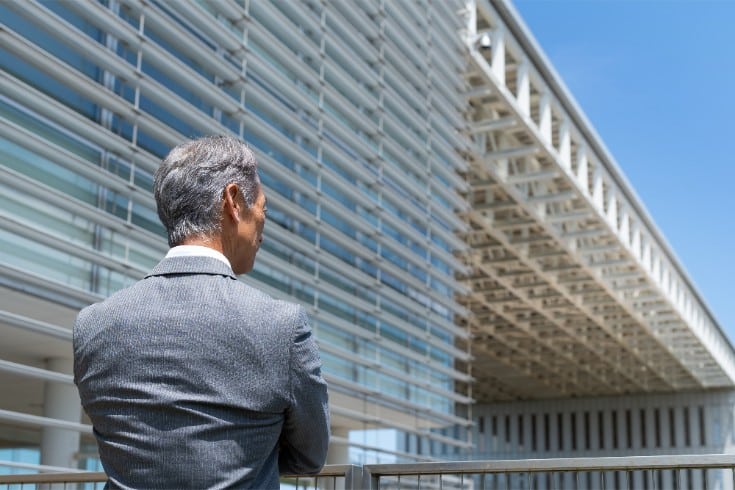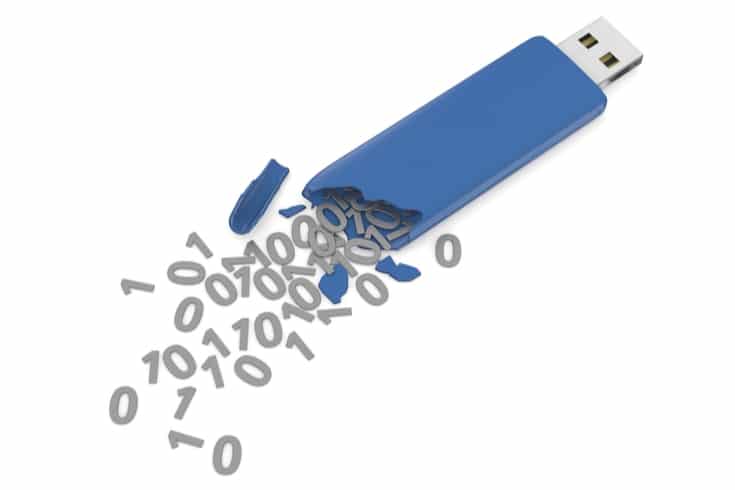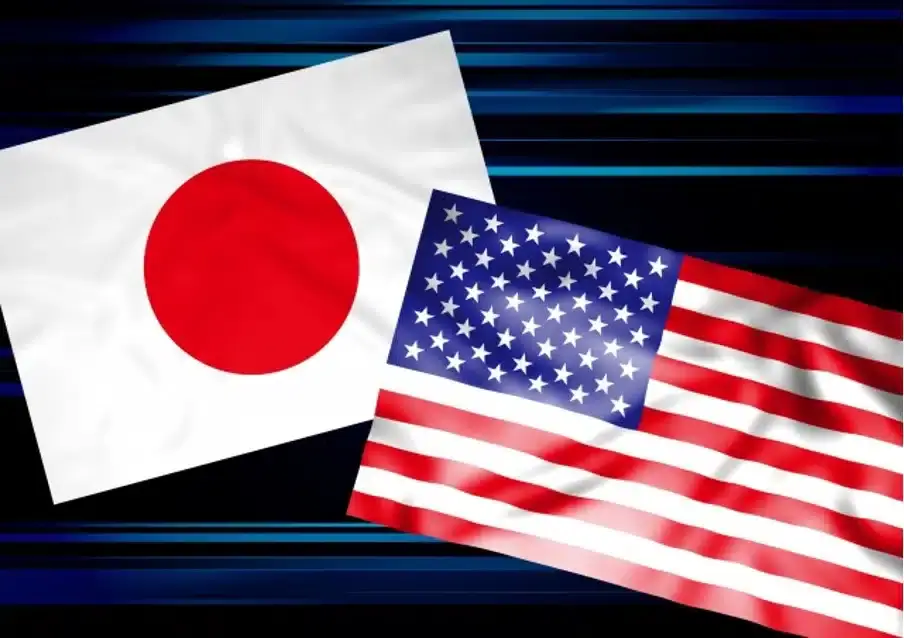Growing Use of e-Learning Materials: What are the Copyright Law Considerations in Japan?

The use of networks for conducting school lessons and employee training, as well as the increasing cases of remote education service vendors providing paid lessons and training using networks, is on the rise. In such cases, what kind of legal responsibility do schools, companies, and service vendors bear in terms of copyright?
Here, we will explain about e-learning materials and copyright.
For Non-Profit Educational Institutions
According to Article 35, Paragraphs 1 and 2 of the Japanese Copyright Law, non-profit educational institutions such as schools can publicly transmit copyrighted works used in the course of their classes without the permission of the copyright holder, provided certain conditions are met. This is conditional on the institution paying a compensation fee to a management organization designated by the Commissioner of the Agency for Cultural Affairs.
This newly established “Public Transmission Compensation System for Educational Purposes” was created by the 2018 amendment to the Japanese Copyright Law and was scheduled to be implemented within three years from the date of promulgation (by May 2021). However, considering the situation in educational settings due to the spread of the novel coronavirus infection, the implementation was brought forward to April 28, 2020. This “Public Transmission Compensation System for Educational Purposes” is also applied to neighboring rights of copyright.
Those who are in charge of education and those who receive education at schools and other educational institutions (excluding those established for profit) can reproduce or publicly transmit (including making transmission possible in the case of automatic public transmission, the same shall apply in this Article) published works to the extent deemed necessary for use in the course of their classes, or publicly convey works that are published and are to be publicly transmitted using a receiving device. However, this does not apply if it would unfairly harm the interests of the copyright holder in light of the type and purpose of the work, the number of copies, and the manner of reproduction, public transmission, or conveyance.
2 In the case of public transmission under the provisions of the preceding paragraph, the person who establishes the educational institution in the same paragraph must pay a reasonable amount of compensation to the copyright holder.
Article 35 of the Japanese Copyright Law
To summarize, in order for unauthorized reproduction or public transmission to be permitted, the following conditions must be met:
- It must be a non-profit school or other educational institution
- The person in charge of education and the person receiving the education must be the main parties
- It must be within the necessary limits for use in the course of classes
- It must be a published work
- It must not unfairly harm the interests of the copyright holder
These requirements must be met.
Furthermore, in cases where a class at the main venue is simultaneously relayed to a secondary venue, the public transmission of teaching materials used at the main venue to the secondary venue is excluded from the compensation payment (Article 35, Paragraph 3 of the same law). According to Article 36 of the same law, tests conducted using a network can also publicly transmit copyrighted works as test questions without the permission of the copyright holder, provided certain conditions are met.
What are Schools and Other Educational Institutions?
Under Article 35 of the Japanese Copyright Law, schools and other educational institutions (excluding those established for profit) are non-profit organizations that conduct educational activities in an organized and continuous manner. These include institutions established based on the Japanese School Education Law and other foundational laws and regulations (including ordinances and rules set by local governments), as well as those that are equivalent to these.
Educational institutions defined by the Japanese School Education Law include kindergartens, elementary schools, junior high schools, compulsory education schools, high schools, secondary education schools, special support schools, technical colleges, various schools, specialized training colleges, universities, and so on.
Educational institutions defined by the Japanese Child Welfare Law and the Law on the Promotion of Comprehensive Provision of Education and Childcare for Pre-school Children include nurseries, certified children’s centers, and after-school care programs.
Educational institutions defined by the Japanese Social Education Law, Museum Law, Library Law, and others include community centers, museums, art galleries, libraries, youth centers, lifelong learning centers, and so on.
In addition to these, there are educational institutions defined by the establishment laws and organizational orders of each ministry, such as the National Defense Academy and the National Tax College, as well as educational institutions established by for-profit companies that are recognized under the Structural Reform Special Zones Law. There are also schools run by school establishment companies that qualify as educational institutions as a special exception.
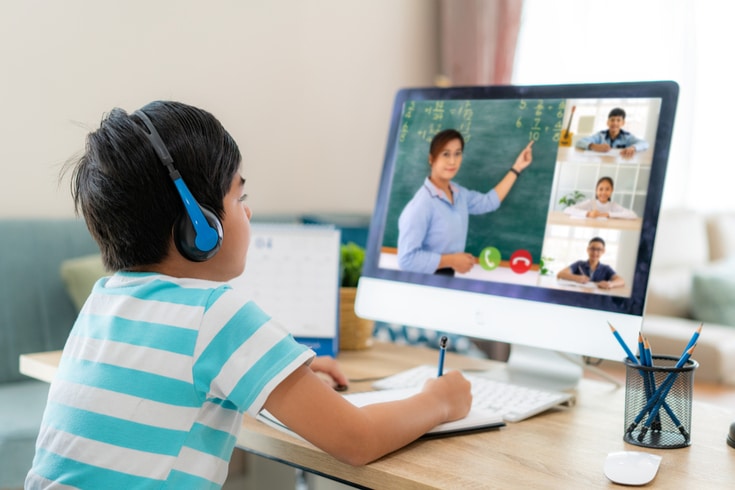
What is a “Class”
Under Article 35 of the Japanese Copyright Law, a “class” refers to educational activities conducted by those in charge of education under the responsibility and management of a school or other educational institution.
Therefore, the following are considered to fall under this definition:
- Lectures, practical training, exercises, seminars, etc.
- Special activities in primary and secondary education (class activities, homeroom activities, club activities, student council activities, school events, etc.), club activities, extracurricular supplementary classes, etc.
- Face-to-face classes in distance education, correspondence classes, media classes, etc.
- Public courses conducted as their own business by schools and other educational institutions
- Courses and lectures conducted as their own business by social education facilities
However, the following are not considered to fall under this definition:
- School information sessions for prospective students, mock classes at open campuses, etc.
- Faculty meetings
- Extracurricular activities in higher education (club activities, etc.)
- Voluntary activities (those not recognized for credit)
- Parent-teacher meetings
- Lectures sponsored by student councils and parent-child courses sponsored by PTAs at school and other educational institution facilities
Also, if you upload and send a handout (someone else’s copyrighted work) distributed in a school class to a web server so that students who have not registered for the class can see it, it exceeds the necessary limit for use in the course of the class, and cannot be done without permission.
What is Reproduction?
Under Article 35 of the Japanese Copyright Law, “reproduction” refers to the act of “physically recreating all or part of an existing work” (Article 2, Paragraph 1, Item 15 of the Japanese Copyright Law) through methods such as handwriting, keyboard input, printing, photography, photocopying, recording, filming, and others.
Therefore, the following actions are considered as reproduction:
- Writing a literary work on a blackboard
- Writing a literary work in a notebook
- Copying a work printed on paper
- Saving a PDF file converted by scanning a work printed on paper to a recording medium
- Saving a file of a work inputted using a keyboard or similar device to a computer or smartphone
- Saving a file of a work stored on a computer or similar device to a USB memory stick
- Storing a file of a work on a server through data accumulation (including backups)
- Recording a TV program onto a hard disk
- Copying a painting onto drawing paper
- Imitating a sculpture with paper clay
These actions are deemed to fall under the category of reproduction.
Furthermore, the following actions are considered as actions taken during the course of a class:
- Reproduction of a transmitted work by students or similar individuals
- Reproduction by teachers or similar individuals during the preparation stage for creating teaching materials or post-class review
- Reproduction by teachers or similar individuals or students or similar individuals for the purpose of keeping their own records
https://monolith.law/corporate/government-office-document-copyright[ja]
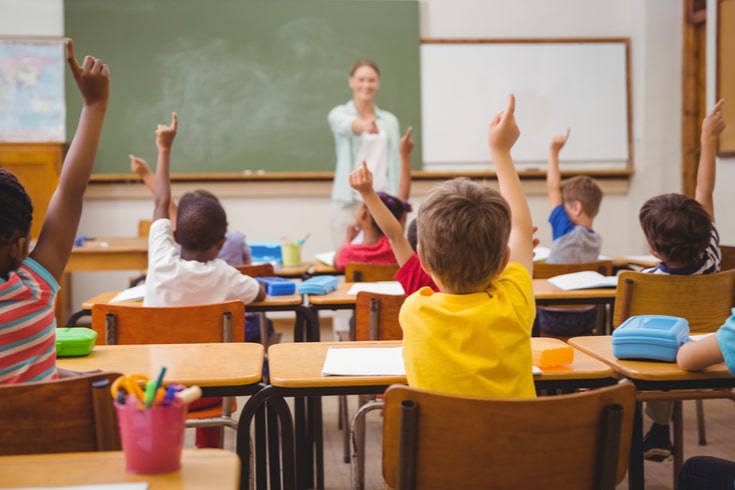
What is Public Transmission?
Under Article 35 of the Japanese Copyright Law, “public transmission” refers to the act of transmitting to an unspecified or a large number of individuals through broadcasting, cable broadcasting, internet transmission (including “making transmittable”), and other methods (Article 2, Paragraph 1, Item 7-2, and Article 2, Paragraph 5 of the Japanese Copyright Law).
Therefore, the following actions are considered as public transmission:
- Posting copyrighted material on a school’s website
- Transmitting copyrighted material stored on a server located outside the school in response to requests from students or others
- Emailing copyrighted material to a large number of students or others (the public)
- Television broadcasting
- Radio broadcasting
However, transmissions made within a school using broadcasting equipment or servers installed within the same premises of the school (excluding those accessible from outside the premises) such as in-school broadcasting, do not fall under public transmission.
What Constitutes Unfair Prejudice to the Rights of Copyright Holders
Under Article 35 of the Japanese Copyright Law, “unfair prejudice to the rights of copyright holders” refers to the situation where the use of copyrighted materials through reproduction or public transmission in educational institutions such as schools leads to a real decrease in the sales of commercially available products or hinders potential future sales of the copyrighted works.
This is related to the concept of “to the extent deemed necessary,” and is limited to the number of users in a class or lecture (including lectures in large lecture halls at universities and classes that go beyond the class framework, the number of students in the class). Furthermore, it is not permissible to reproduce or publicly transmit copyrighted works that are included in teaching guides, reference books, collections of materials, sheet music used as teaching materials in classes, sheet music used in club activities such as choir and wind orchestra, and materials such as workbooks, test papers (including past exam collections) that each person uses for learning, in a manner that substitutes for the purchase of the materials in which they are included.
In particular, it is necessary to avoid using a large number of copyrighted works such as art, photographs, and sheet music from a single publication, or providing them in a quality or manner that affects the sales of commercially available products.
If the use of copyrighted works in a class unfairly prejudices the rights of the copyright holder, it is necessary to obtain the permission of the copyright holder, as it exceeds the range that can be used without permission and without charge or without permission and with compensation (compensation money).
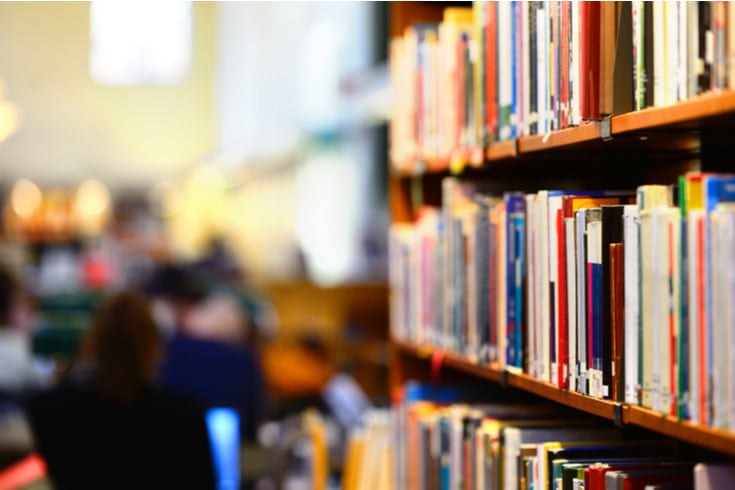
When Operating for Profit
The exception rule for public transmission conducted in the course of school lessons does not apply to those who run e-learning businesses for profit. In other words, public transmission conducted in the course of school lessons is not permitted in the first place if it is done for profit, and the permission of the rights holder is required as a rule. For example, public transmission of training materials in company employee training cannot be done without permission.
In e-learning, as a result of the digitization and multimedia content of teaching materials, programmers, narration, and even music are added, expanding the scope of using other people’s copyrighted works, so caution is necessary.
Public Transmission of Test Questions
Under Article 36 of the Japanese Copyright Law, a published work may be used as a question for entrance examinations or examinations on knowledge and skills without permission for public transmission under the following conditions:
- It is necessary for the purpose of the examination
- It is a work that has already been published
- It does not unfairly harm the interests of the copyright holder
- If it is for profit, compensation must be paid to the rights holder
In other words, even private e-learning vendors with a profit motive can transmit to the public without permission when using it as a test question. However, mock exams conducted by collecting examination fees are typical examples of for-profit purposes, so there is an obligation to pay compensation.
While e-learning vendors can post copyrighted works that have already been published on their websites as test questions and transmit them to examinees who have entered their ID and password without permission, they cannot post unpublished copyrighted works as test questions and transmit them to examinees who have entered their ID and password without permission. Also, posting the test questions on a homepage or the like after the test would be “exceeding the necessary limit for the purpose of the test,” so caution is required.
Summary
When schools or e-learning vendors, who hold information such as individual performance records in a form that can identify individuals rather than in the form of statistical data, leak this information, they may be liable to the individual, who is the subject of the information, under contractual liability (Article 415 of the Japanese Civil Code) or tort liability (Article 709 of the Japanese Civil Code). Therefore, when implementing e-learning, it is necessary to be mindful not only of responsibilities related to copyright but also of responsibilities related to personal information.
https://monolith.law/corporate/act-on-the-protection-of-personal-information-privacy-issues[ja]
https://monolith.law/corporate/information-leak-crisis-management[ja]
Introduction to Our Firm’s Measures
Monolith Law Office is a legal office with high expertise in both IT, particularly the Internet, and law. In recent years, intellectual property rights surrounding copyrights have been attracting attention, and the need for legal checks is increasing more and more. Our firm provides solutions related to intellectual property. Details are described in the following article.


